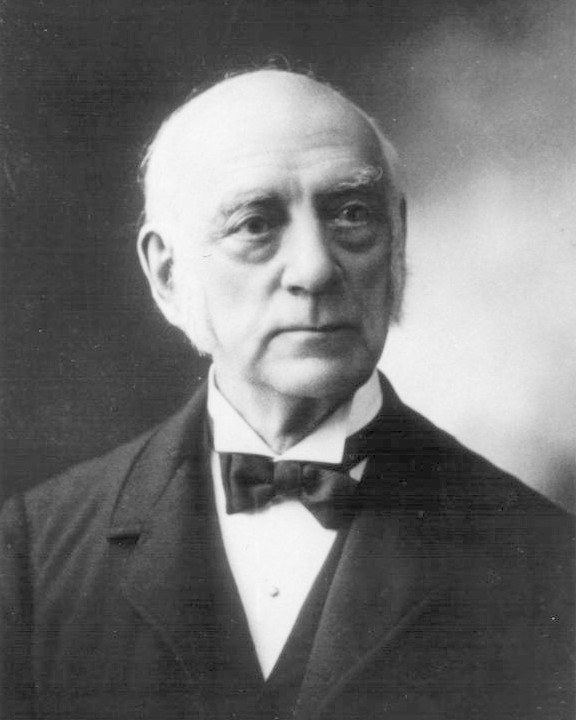 |
| James Curtis Hepburn |
James Curtis Hepburn was born in America in 1815. He was a missionary and also medical scientist. He was influential with Japanese people because he did lots of good things in Japan, such as making hospital, cram school, Meiji Gakuin and Japanese-English dictionary. He died when he was 96 years old. In that time, that age was really old. I think he was a doctor so he could live long years.
Before he came to Japan, he went to two universities in America. In 1828 he entered Priceton University. In that university he learned about pedagogy. When he was a child, he was interested in pedagogy. However, while he was attending that university he became interested in medical science so after he graduated that university he went to another university to learn medical science in 1832. He graduated that university in 1838. After that he had a dream. It was to tell about Christianity to foreign countries. He decided to go to foreign country. Before he went there, he met Clara, the woman who was to be his wife. She was also Christian and had the same dream. In 1840 he married her. After he got married he decided to go to China.
In 1843, James and Clara went to China to tell Christianity but at that time, there was Opium war in China so they got disease because of that. They decided to go back to America. Actually they got their child in there. However their child was dead before their child was born because of the war.
In 1846, James went back to America and started hospital in New York. There were so many people who immigrated there and many sick people, so many people went to his hospital. James graduated university which was for learning medical science so he was a good doctor there. In 1858, he decided to go to Japan with Clara because of Nichibei Shukoutsushou Jyouyaku.
In 1859 James and Clara arrived in Yokohama in Japan. At first he started hospital like in New York, but he couldn’t speak Japanese so it was difficult to see sick people. However he had a good skill about medical science. After few months so many people went to his hospital. In one day he saw 100 sick people in his hospital. At same time he and Clara started a cram school because they wanted to spread Christianity, but Bible was all written in English so he decided to translate to Japanese. At first he made Japanese-English dictionary which is to learn English for Japanese people, but Japanese people couldn’t read English. He made Romaji [Editor's note: Japanese uses a pictorial alphabet. Romaji are a way of writing Japanese phonetically in Latin characters] in 1866, and because of that Japanese people could more easily read English. In 1880 he translated old testament from English to Japanese. He also made university which is Meiji Gakuin in 1887. In 1892 he and his wife went back to America because his wife got disease. In 1911 he died in America.
If there was no dictionary and not so many information about country which I have never been to, I wouldn’t go there and I may not have the idea of creating a dictionary so I really respect him.
Reference list
http://meijigakuin.ac.jp/guide.history.html
http://meijigakuin.ac.jp/guide.history_en.html
No comments:
Post a Comment